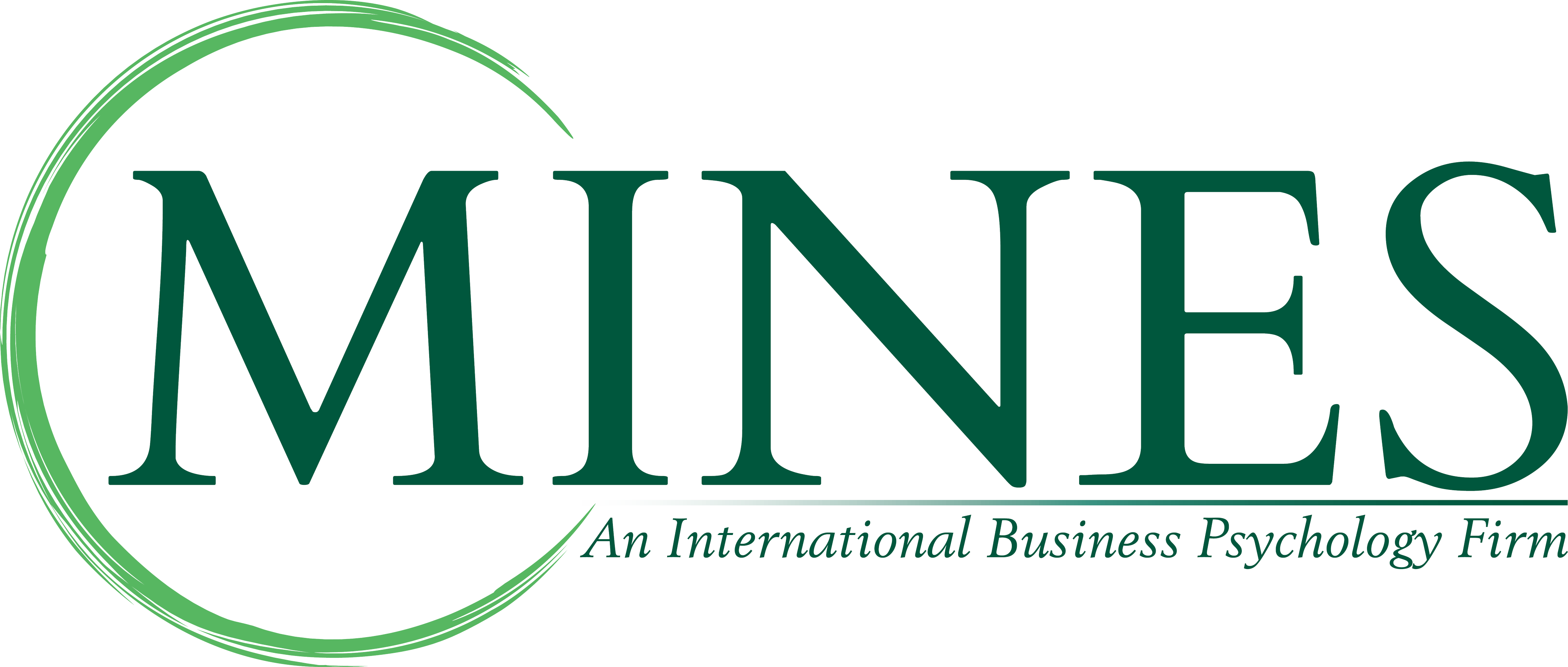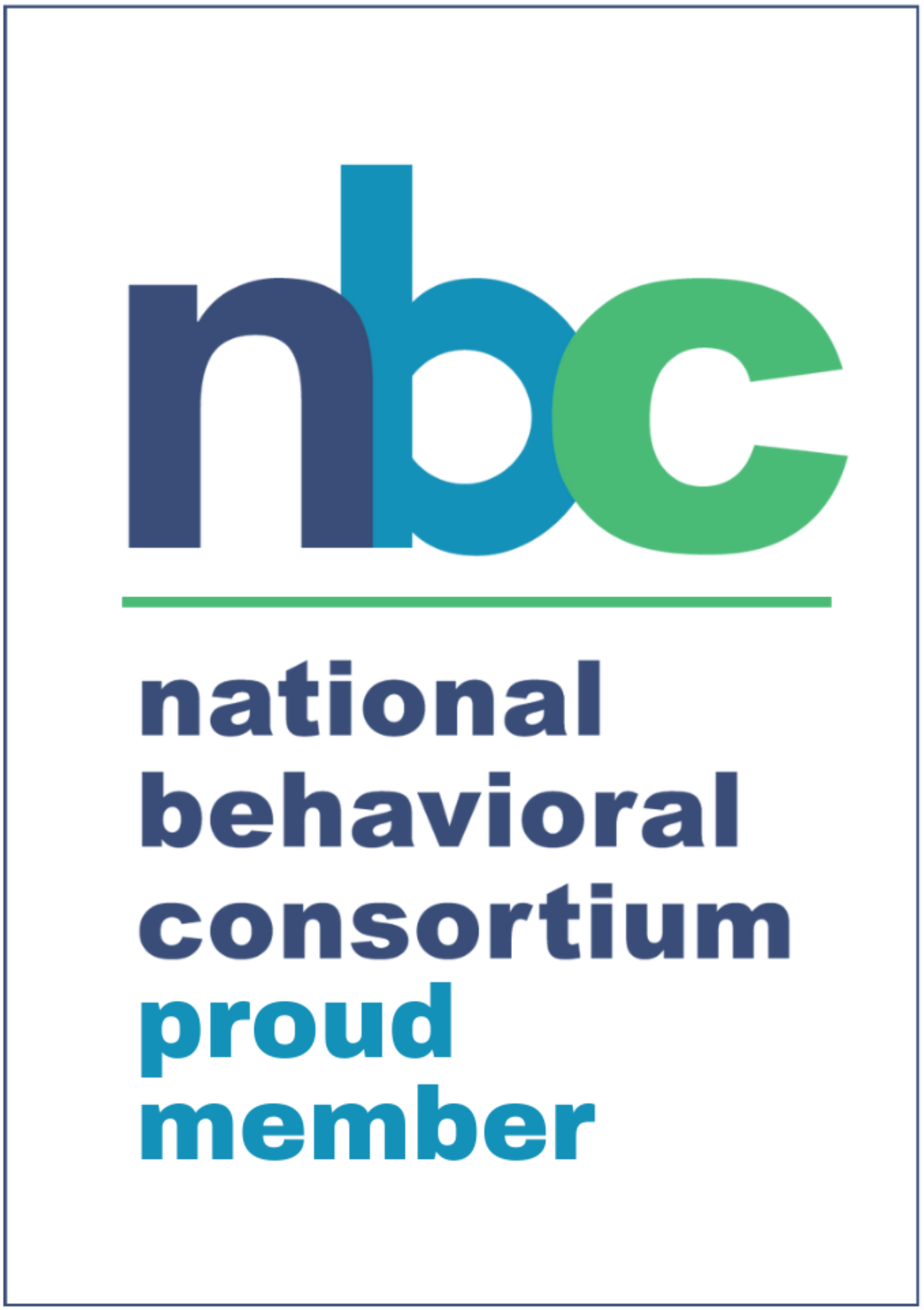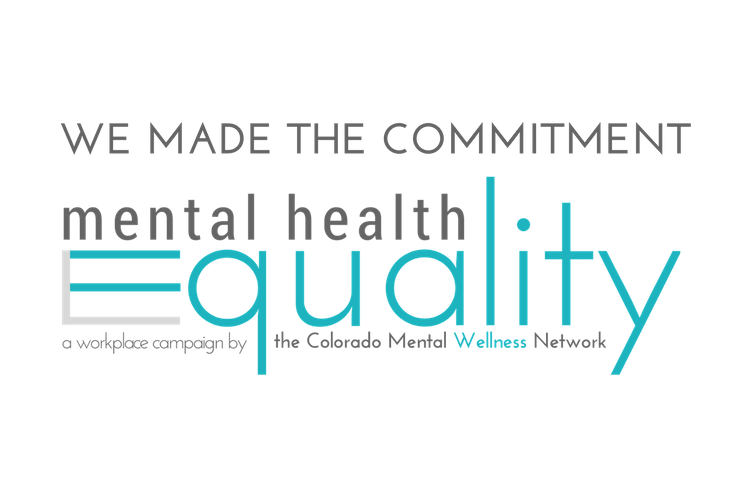Our BizPsych monthly blog posts for 2011 have followed our sister company, MINES and Associates, with their monthly wellness themes. It has been an ever interesting exercise to create an organizational focus based on individual and family themes such as nutrition, education, and addictions – always requiring an interesting stretch (like professional yoga).
This month’s wellness theme is “Family TLC” and focuses on care giving. I was particularly perplexed by where the intersection might be between this topic and organizational development. As always, it has led to a number of interesting possibilities, perhaps resulting in more questions than answers.
First of all, it makes me think of the aging process of the organization itself, and who takes care of the “declining” or dying organization. Scores of organizational life cycle theories provide a highly useful perspective of the comparisons of individual human development with the life cycle of organizations. There are fascinating deviations in the terms and approaches to organizational life cycles, but essentially, most theories look at the life cycle of organizations as consisting of progressive phases: startup, birth and infancy, growth, maturity, decline, and death or renewal/redevelopment. It is the last three phases that stretch the notion of care giving.
These theories sometimes differ in whether the last stage is death or renewal. In some theories, the notion is that as organizations go beyond maturity they go into decline towards death and if they don’t find ways to innovate they will die – i.e., close doors, fail financially, or are sold. In other theories the order is decline, renewal, and then death. In essence all organizations eventually die. This may be true, however, most organizations are driven by the belief that they need to survive. This is also true of individuals and families and yet we finally come to acceptance that our family members will die. In healthy families, when there is a serious health decline, family members step in to provide the care giving. More often than not, the care is assisted or even coordinated by outside professionals. In the case of organizations, who is it that provides care when the organization goes into decline? By default, the care giving must come from the same leaders who are experiencing the decline. In some instances, there is a governing board that has enough distance to manage the care. Sometimes, the board is at the heart of the decline. Care giving in families is typically challenging and complex – yet care giving in declining organizations is additionally challenged by this lack of separation.
What are the implications of this metaphoric view of the organizational lifespan development?
- It behooves organizational leaders to be knowledgeable and familiar with lifespan theory and have a good understanding of what is needed to care for each phase of the cycle.
- When experiencing decline or challenges at any phase it is often helpful and necessary to utilize professional consultation and help in order to manage change and “care giving.”
- As in families, leaders and employees must focus first on staying healthy themselves to have the ability to provide the care that is necessary to the organization in order for it to either renew or die with dignity.
Patrick J. Hiester, MA, LPC
Vice President of BizPsych







Leave A Comment